Navigating the open seas is a complex endeavor that demands precision and safety. In this challenging environment, marine radars emerge as crucial tools for sailors, playing a pivotal role in navigation and collision avoidance. This article explores the significance of marine radars, their importance in navigation, collision avoidance features, different types available, regulations, best practices, and offers a glimpse into the future trends shaping marine radar technology.
Overview of Marine Radars
Marine radars are advanced electronic systems designed to detect and locate objects in the vicinity of a vessel. Using radio waves, these radars emit signals that bounce off objects, providing real-time information about their distance, direction, and speed. This capability is invaluable for sailors, offering enhanced situational awareness and aiding in safe navigation, especially in adverse weather conditions or low visibility scenarios.
Importance in Navigation
The primary role of marine radars is to provide navigators with a clear picture of their surroundings, allowing them to identify potential obstacles, other vessels, and navigational aids. This information is vital for charting a safe course, especially when approaching shorelines, navigating through congested waterways, or dealing with poor weather conditions. Marine radars significantly contribute to overall navigation safety, enabling sailors to make informed decisions and avoid collisions.
Collision Avoidance Features
Marine radars are equipped with advanced features specifically designed to enhance collision avoidance. Automatic Radar Plotting Aid (ARPA) is a noteworthy feature that tracks the movements of other vessels, predicts their future positions, and assesses potential collision risks. Alarms and alerts are triggered when a potential hazard is detected, prompting the navigator to take corrective action. These features are critical in preventing accidents at sea and ensuring the safety of both the vessel and its crew.
Types of Marine Radars
There are various types of marine radars available, each catering to specific needs and vessel sizes. X-band and S-band radars are the most common, with X-band being suitable for smaller vessels and S-band for larger ones. Doppler radar, another variant, provides additional information on the speed and direction of moving targets. Dual-range radars offer the advantage of displaying information from two radar antennas simultaneously, providing a comprehensive view of the surroundings.
Regulations and Best Practices
The use of marine radars is governed by international regulations and best practices to maintain a standardized approach to navigation and safety. The International Maritime Organization (IMO) sets guidelines for the use of radars at sea, covering aspects such as radar installation, maintenance, and operational procedures. Best practices include regular radar checks, calibration, and training for navigators to ensure optimal use of radar systems for safe navigation.
Future Trends in Marine Radar Technology
As technology continues to advance, the future of marine radar holds exciting possibilities. Integration with other navigation systems, such as Electronic Chart Display and Information Systems (ECDIS), promises a more holistic approach to maritime safety. Further developments in automation and artificial intelligence may enhance the capabilities of collision avoidance features, providing even more accurate predictions and reducing the burden on navigators.
Conclusion: Key Role in Maritime Safety
In conclusion, marine radars play a key role in ensuring the safety of maritime navigation. Their ability to provide real-time information about the surroundings, coupled with advanced collision avoidance features, makes them indispensable for sailors. The various types of marine radars cater to different vessel sizes and requirements, and adherence to international regulations and best practices is essential for their effective use. As we look to the future, ongoing technological advancements promise to further enhance the capabilities of marine radar systems, reinforcing their crucial role in maintaining maritime safety.

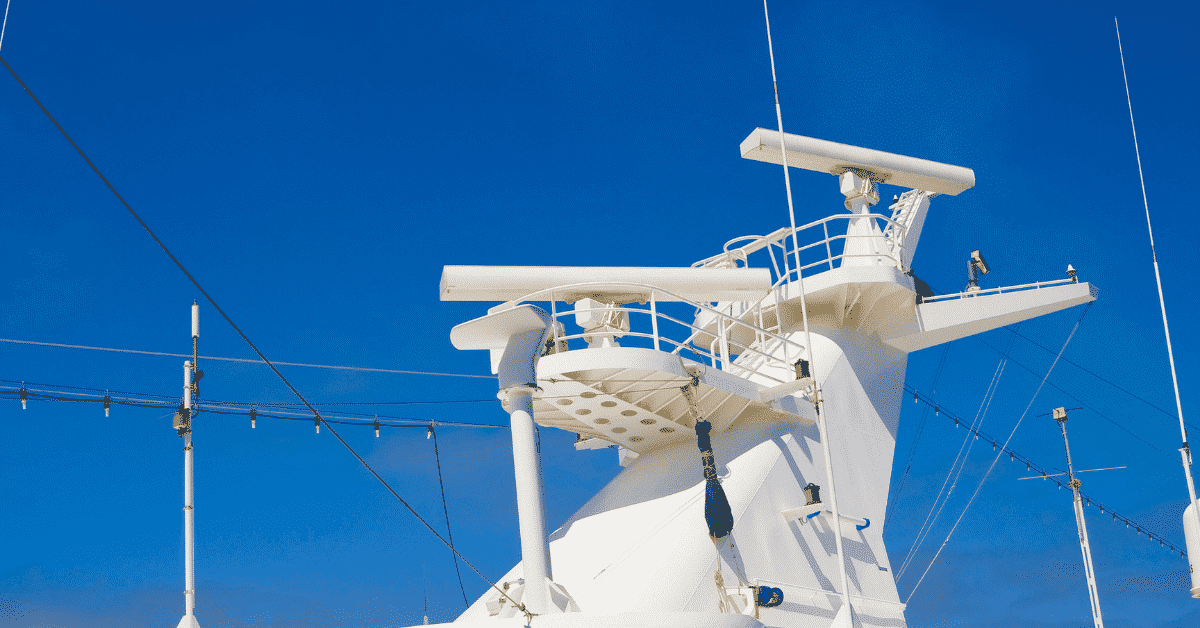
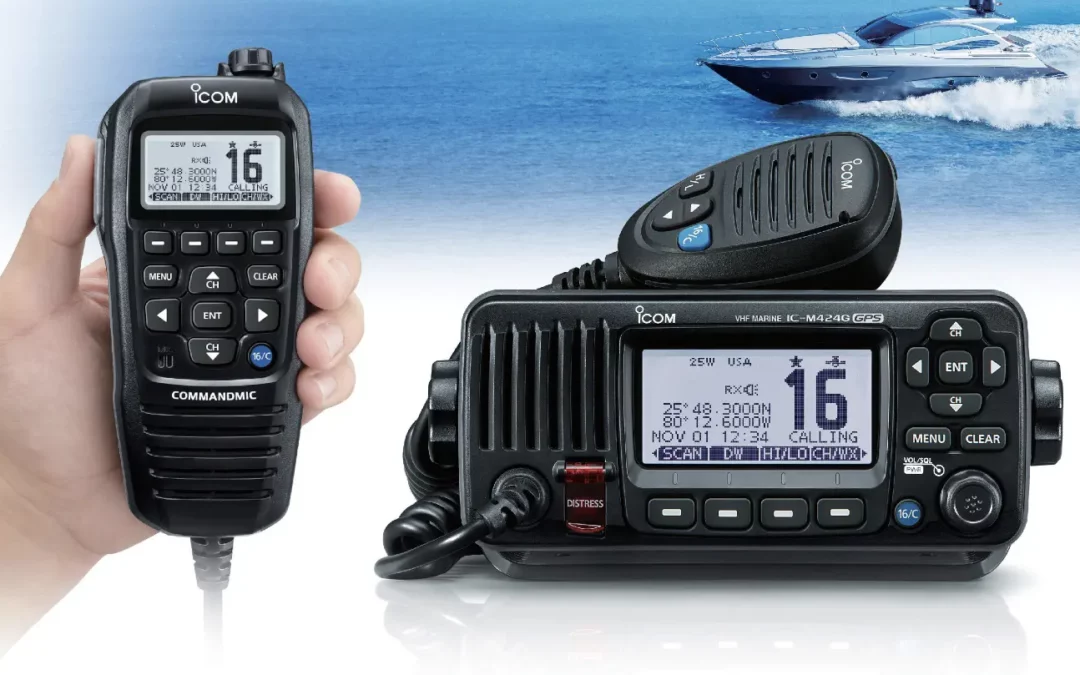
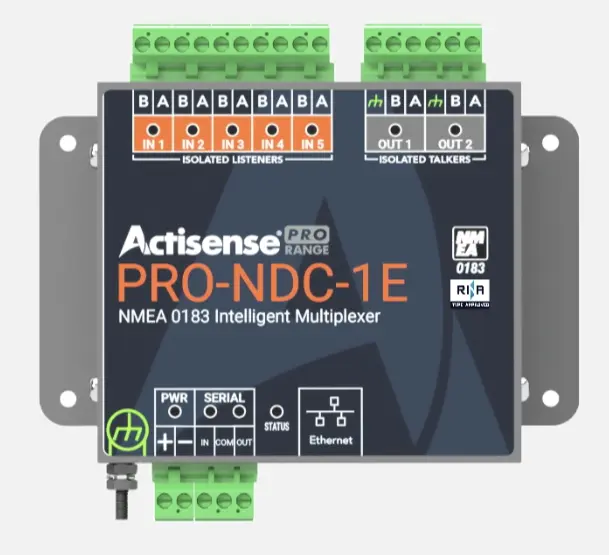
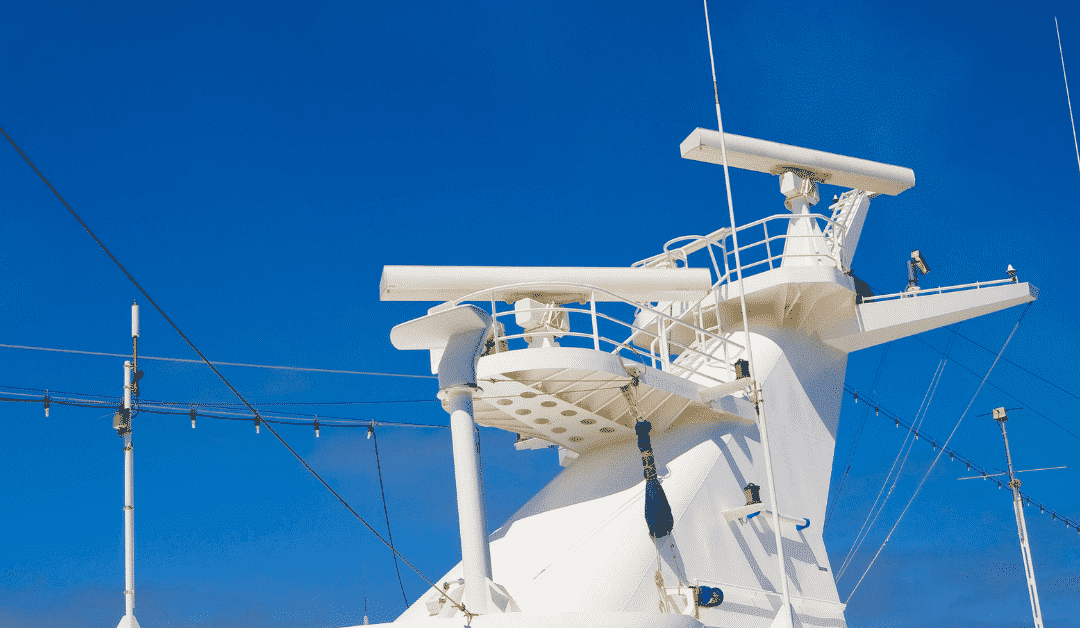
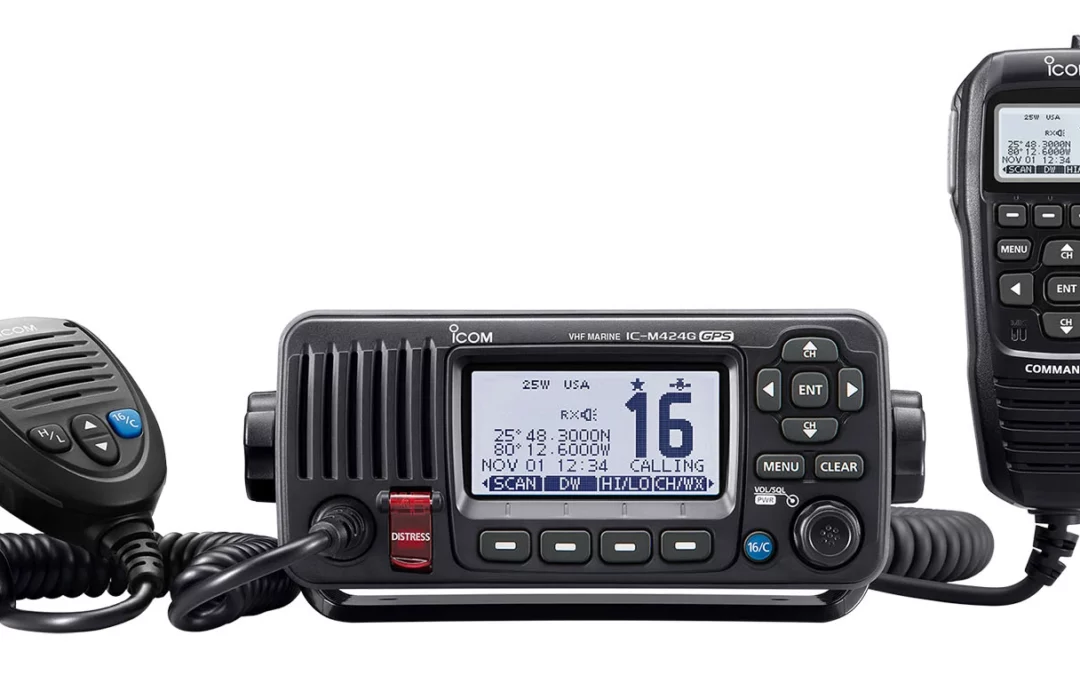

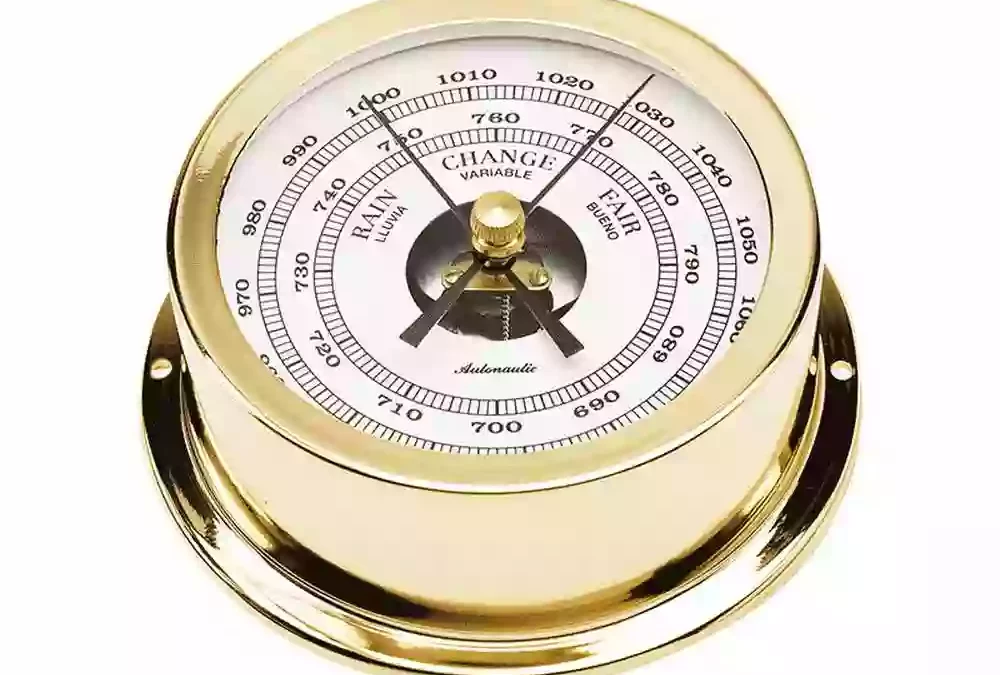
0 Comments